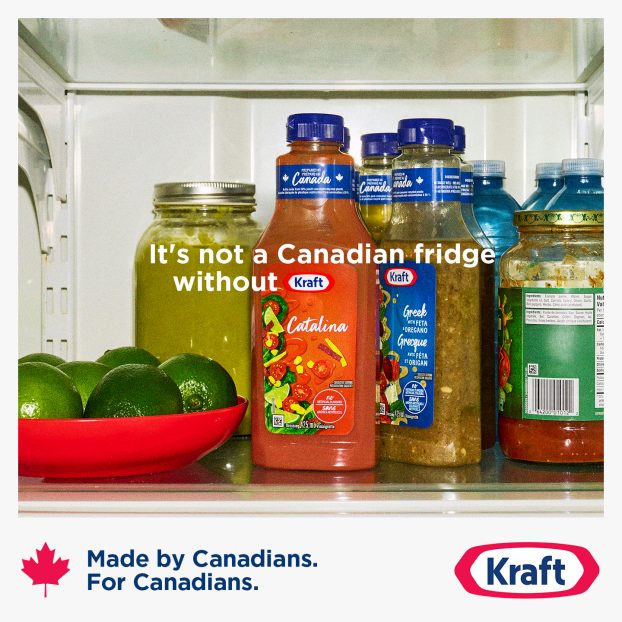Do premiums and incentives erode brand image and loyalty when used in direct marketing?
A few years ago, I might have answered yes.
Why encourage a one-time, premium-driven buyer when you need to encourage long-term loyalties for maximum return?
In the ’90s however, with increased competition and more educated consumers looking for value-added, one cannot overlook the potential impact premiums may have on both recruiting and retaining customers.
We can thoroughly test the value of premiums and determine whether the increased costs are justified by the benefits derived.
We can also determine the lifetime value of customers acquired through premium- and incentive-based promotions and compare that data against non premium- or incentive-based promotions to determine if loyalty is truly affected.
We know the costs we can incur to generate a new lead or customer, based on what we know about each customer’s buying habits or the overall return on each investment.
All that aside, it is critically important to have the right fit.
I’ve seen supposed sure things turn into complete bombs.
Unique combination
A brand is often defined as the unique combination of product characteristics and values that have become attached to a product or service by means of its name, packaging, advertising, pricing and people’s experience of using it.
All of this working in concert becomes the brand image and personality.
In most cases, it would make sense that premiums and incentives be selected based on their ability to tie in and contribute to the brand image, the service or the organization’s image.
In my experience, successful premium offers all tie in to the communications message. They are related to the use of the product or service. They are relevant to the positioning of the brand or service and they will enhance the usage of the product or service.
By not tying in to the key message in your mail package, the premium stands alone and can become confusing. It can dilute the impact of the message.
Like all direct mail package elements, the premium insert or incentive offer must work toward the order or the action you want taken.
On the other hand, in certain categories such as subscriptions, a premium or incentive offer is the price of entry, just to be on a level playing field with the competition, both for customer renewals and new customer acquisition.
I’ve seen long-term customers in this category wait until their subscription has expired and not respond to various renewal notices.
They come back on board only when they receive the next premium-based acquisition offer. This more than doubles the cost to renew that customer due to increased back-end expenses.
First-timers
While I would be tempted to avoid continuously using premiums for current customers and use them as a means of acquiring new, first-time customers, it is important in the subscription category to use renewal incentives such as a price discount as a means of recognizing and showing appreciation for customer loyalty.
Again, much of the decision is numbers- or analysis-based. Whether you can afford a renewal premium or incentive offer based on what you know about your customers’ value, or whether you can’t afford not to offer it based on the renewal process, numbers will guide you.
It is important to remember that new customers are hard to find.
Often not enough investment is made in retaining the customers you do have through loyalty-building and customer appreciation programs that may include premiums or incentive offers. While new business acquisition is important, renewal is the profit side of the business.
Essentially, the roles of premiums and incentives are quite different by category.
Fundraising for non-profit organizations, for example, is one of the most competitive sectors in Canada today, with all of the players very deserving. Cutting through the competitive clutter is a real challenge.
Tie in strategically
We will use premiums if they tie in strategically with the message and the organization’s image. However, we have to be careful.
Not only do non-profit organizations working with limited budgets need low-cost, high-impact programs, but the donors or prospective donors may perceive that there is too much extravagance and waste if premiums, four-color inserts and high-quality packaging are part of the program.
It may help to cut through the clutter, but it won’t help generate a gift. What it will generate is a response along the lines of: ‘If you can afford this glitz, you can’t possibly need my $100.’
Although it is constantly evolving, I believe the use of premiums and incentives is here to stay for a while.
With the impact of the recession and changes in markets, a more educated, demanding, value-driven consumer has emerged. It is, as they say, a buyer’s market and companies will have to work diligently to retain, let alone increase market share.
Customers want the best value for their investment dollars. If the top three products in a given category were perceived to be equal quality, would a premium or price incentive not then be a deciding factor in the purchase decision?
There will come a time when profit margins will dictate that the buck will have to stop somewhere, as offering premiums and incentives can be a costly way of doing business.
In the meantime, while competition is tougher than usual, consumers can get a little more ‘bang’ for their buck.
Lori Appleton is president of Toronto-based Camp, Odell & Roper Direct Marketing.























